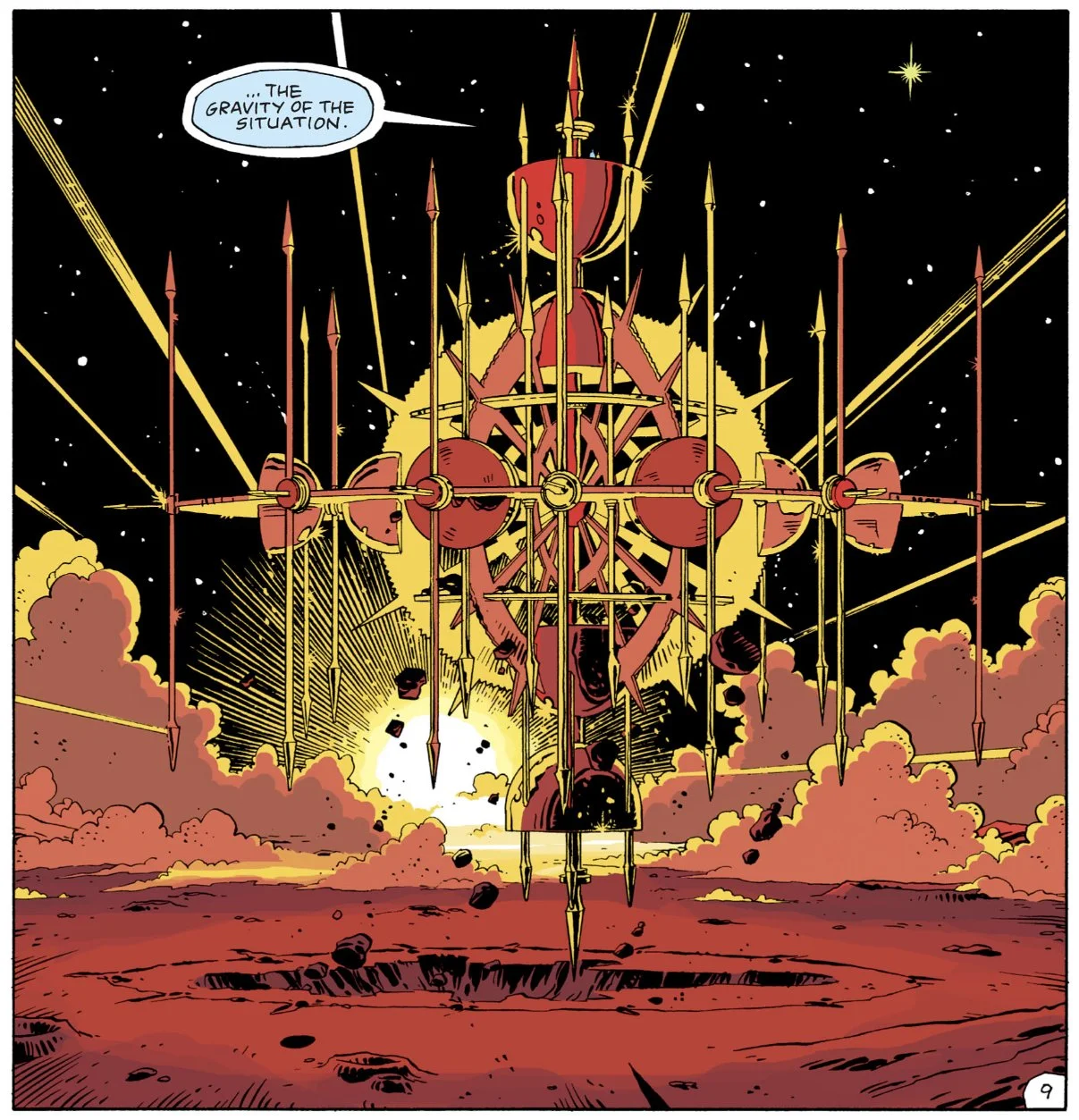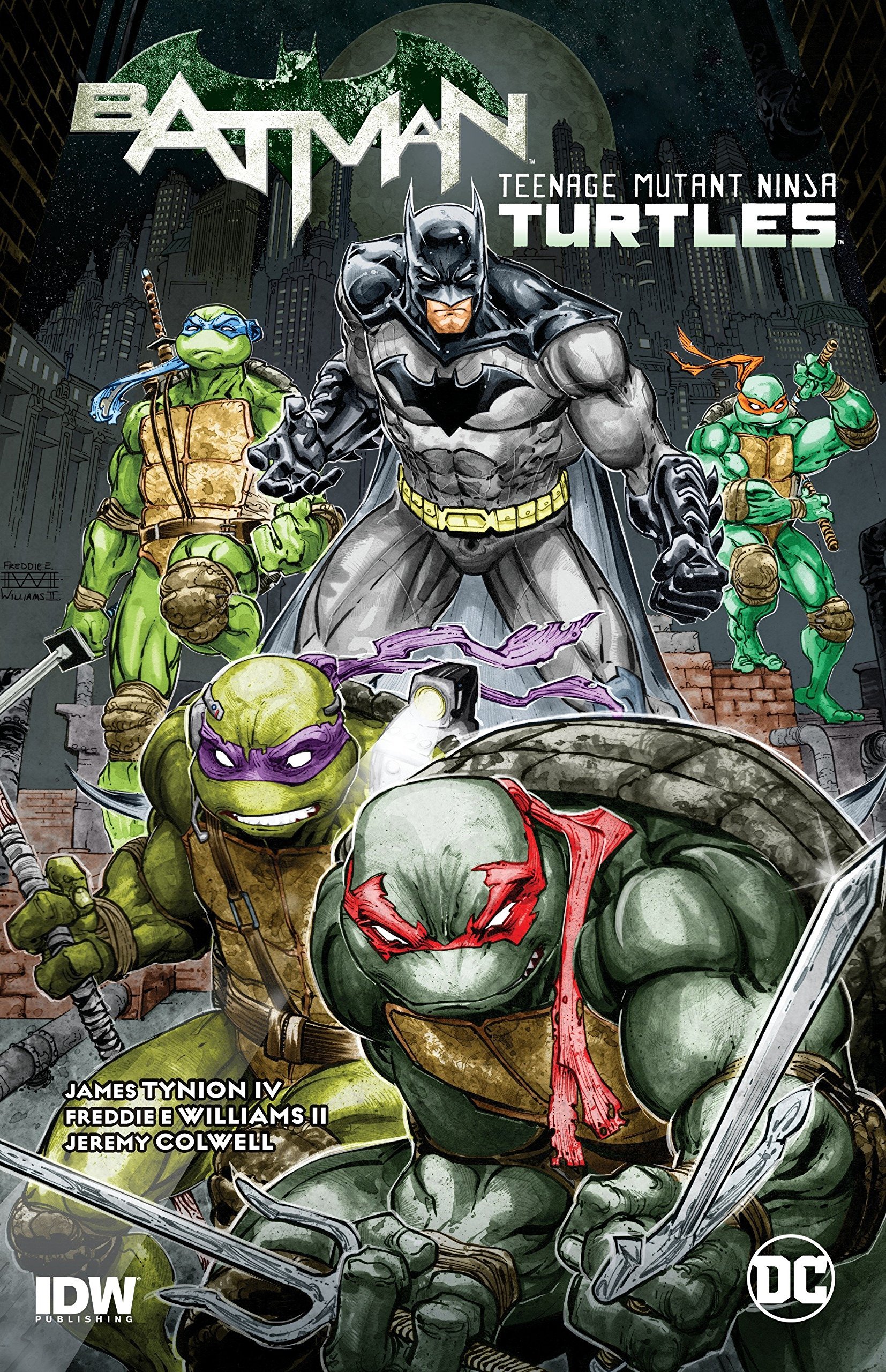Man Without Fear...By The Year: Daredevil Comics in 2005
By Bruno Savill De Jong — It’s 2005. The UK implements the Civil Partnership Act, the Oregon Supreme Court nullifies thousands of same-sex marriages, protests against the Iraq War continue, Pope John Paul II dies, and the deadly Hurricane Katrina hits the US. People are listening to “Feel Good Inc.,” watching War of the Worlds and reading Daredevil.
Written by Brian Michael Bendis
Illustrated by Alex Maleev
Inks by Alex Maleev
Colors by Dave Stewart
Lettered by Chris Eliopoulus (66, 70), Cory Petit (67-69, 71-79), Randy Gentile (80-81)
“Why does someone put on a costume?” As we reach Bendis’ final year on Daredevil, this appears to be an overarching question. Throughout 2005 several people – former crime-boss Alexander Bont, members of a “Daredevil support group,” FBI Agent Del Toro – all pose it, all wishing (to different degrees) to understand the psychology of someone dressing in a devil outfit to fight crime, especially as his personal life is publicly dragged to hell. It’s a question Matt Murdock seems gradually less certain about himself, as he becomes an increasingly distanced figure in Bendis’ run, seen through the eyes of others. 2005 might “end” Bendis and Maleev’s work on Daredevil, but instead of tidily resolving its themes and resetting the status quo, the work carries the piercing investigation into Daredevil to its logical conclusion.
Bendis’ exploration of Daredevil’s impact reverberates into the past, with the arc “Golden Age” jumping between timelines to parallel Alexander Bont (a crime-lord who preceded Wilson Fisk) getting his start in Hell’s Kitchen, being brought down by Yellow Daredevil, and being released from prison amidst Matt’s current exposed identity crisis. Much of this run has shown Matt’s life upended by immediately pressing concerns (his exposed identity, taking over as Kingpin etc.), but “Golden Age” locates Daredevil within a wider cycle of Hell’s Kitchen history, with classic foe The Gladiator frequently dragged out of his attempted reform and one Kingpin inevitably replacing another.
Alex Maleev’s artwork (with Dave Stewart’s colors) keenly distinguishes each timeline through different art-styles; a black and white “crime comic” for Bont’s early years, a “Ben Day dots” retro style for Yellow Daredevil, and his gritty photographic style for contemporary times. Yet Maleev also brings a continuity to these periods, especially infusing the ‘60s style artwork with a brutality not seen during the actual Silver Age. Alexander Bont “made his name” through killing one war-era superhero (Bendis’ made-up The Defender) – with a no-fuss approach Silke once claimed he would have – and is later imprisoned by another costumed vigilante. Matt declaring himself as Kingpin has effectively claimed what Bont believes was “his.” “Golden Age” shows how the past reoccurs in cycles, and the trouble of keeping it locked away.
Intermingled within “Golden Age” is a subplot about FBI Agent Del Toro, who despite being assigned Matt Murdock’s case reveals she is the niece of The White Tiger (who was killed on the courthouse steps in “The Trial of the Century”) and, having inherited his magical amulet, wishes to under the vigilante mentality. Although Del Toro’s development might appear like a distraction from Bont’s revenge, it functions as Daredevil effectively “passing the torch” to a new generation of heroes, having to teach Del Toro about “why” he fights crime. Instead of giving a sermon about his superhero origin or dead father, Daredevil simply places Del Toro in the adrenaline rush of an active crime scene. The instinctual protection becomes her visceral “answer.” Bendis’ deconstruction of Daredevil can be quite pessimistic about superheroes, but in a storyline about history, “Golden Age” can also show the inspiring steps forward.
Daredevil’s impact is thoroughly felt in the next storyline, “Decalogue,” which is framed through a “support group” meeting in a church basement, sharing stories related to Daredevil. Some of these are only tangentially related (like one being the son of abusive criminal “Don the Bomb,” who planted the explosive in Matt’s brownstone apartment in “Born Again”) while others feature direct impacts (a junkie who witnessed Matt’s self-declaration of “Kingpin” and subsequently changed her life). In any case, for these Hell’s Kitchen residents, Daredevil has become more than a Kingpin and akin to their new “God,” a force they both revere and are terrified of.
The religious connotations of “Decalogue” revolves around the 10 Commandments, and only becomes entrenched once the stories start to coalesce around a demonic gremlin that Daredevil has tracked down into this very group. After Matt defeats this demon (summoned by a reject of The Hand), he has an opportunity to openly talk with the citizens of “his” Hell’s Kitchen. Matt argues that “becoming the Kingpin” was never about himself, but wiping the slate clean to “build something new” so such people would not need to rely on power-hungry men. In “Decalogue,” Matt seems determined to leave something behind, building a legacy of actions and deeds that may outlast what Matt pessimistically feels might be his “final days.”
Matt’s sense of fatalism is proved right in Bendis’ final storyline, “The Murdock Papers.” This arc circles back to what’s always been at the heart of Bendis’ run – Matt’s exposed identity – through having the imprisoned Wilson Fisk offer a deal to the FBI to “definitively prove'' Daredevil's secret-identity in order for his release. Unfortunately for Daredevil, Fisk’s deal coincides with when American culture was growing increasingly disillusioned towards the U.S. Government in the midst of the Iraq War.
Even though accepting the deal would allow the known Kingpin to walk free, the FBI Director has a personal vendetta against the “smug” Murdock, and Black Widow’s attempts to squash such proceedings are haltered by Maria Hill, having replaced Nick Fury after Bendis’ 2005 “Secret Wars” (Marvel Comics’ own allegory about distrusting American institutions amid the Patriot Act, Civil war, is only a few years away). “The Murdock Papers” concerns various factions attempting to descend upon such “evidence” to destroy, or utilize, it towards their own ends.
“The Murdock Papers” therefore ties many elements of Bendis’ run together for a grand finale. In typical Daredevil luck, Matt’s annulled wife Milla returns to him just as this new chaos starts to descend. Elektra, now running The Hand, arrives to help Matt out of this jam – as does Black Widow (Matt’s two ex-girlfriends being predictably hostile towards one another). Even Agent Del Toro quits the FBI out of disgust with the Director, giving Matt an inside tip as to his plans. Plus, The Owl’s involvement in “Lowlife” gains new significance through “outing” the Kingpin to the authorities, meaning he cannot evade the imprisonment he thought he had smartly outmaneuvered. The group’s race towards “The Papers” climaxes with a spectacular “widescreen” battle with Bullseye before Matt is shot with a sniper rifle, needing to recover with another Bendis creation within this run, the Night Nurse.
This is where Kingpin reveals his masterstroke; the “Murdock Papers” do not exist. Perhaps this is another parallel with the non-existence of Iraqi WMDs. The illusion of this “evidence” sent Matt on a self-destructive warpath through New York, resulting in him being caught by the FBI in a self-fulfilling prophecy. Bendis’ run truly crescendos when various factions – Elektra’s Hand, the FBI, Heroes for Hire – converging around Matt’s recovering body. But rather than letting another battle play out, Matt walks outside half-naked and surrenders to the authorities. Matt is tired from constantly running away from the truth, from his inevitable fall. At the end of the day, he just wants all the chaos around him to end.
Bendis finishes his 4-year run not with Matt triumphing over his adversaries or avoiding the rug-pull of his exposed identity, but awaiting trial in prison for potential conviction, exactly where he was afraid he'd end up. Bendis’ final issue gives Matt a fleeting glimpse of escaping America with Milla – a vision similar to Martin Scorsese’s The Last Temptation of Christ – which itself dwindles into tragedy and misery. Maybe Matt realizes that the only way out is through, and ends this run inside jail, awaiting judgement akin to Catholic purgatory.
Through his run, Bendis radically altered Matt’s reality and dove into unflinching psychology and brutal realism rarely seen before. Even Miller and Nocenti’s gritty, relentless runs featured their own heightened reality, but while Bendis has his distinctive quirks, his work truly felt like an epic tragedy of Matt’s house of cards finally falling away. Bendis would return to Daredevil – a character who put him on the map – a few times, but he mostly felt he'd said everything he wanted to, bringing this sprawling decompressed saga to its inevitable end. Anyone picking up from such an iconic run would be intimidated, not least due to the tight corner in prison that Bendis had pushed Daredevil into. Amazingly, the subsequent run is also highly acclaimed, with Ed Brubaker continuing a great streak of stories, even if they didn’t provide Matt Murdock with much relief.
Read classic Daredevil Comics!
Check out past installments from The Man Without Fear…By The Year!
Check out Bruno Savill De Jong’s last regular series, Gotham Central Case by Case!
Bruno Savill De Jong is a recent undergraduate of English and freelance writer on films and comics, living in London. His infrequent comics-blog is Panels are Windows and semi-frequent Twitter is BrunoSavillDeJo.













